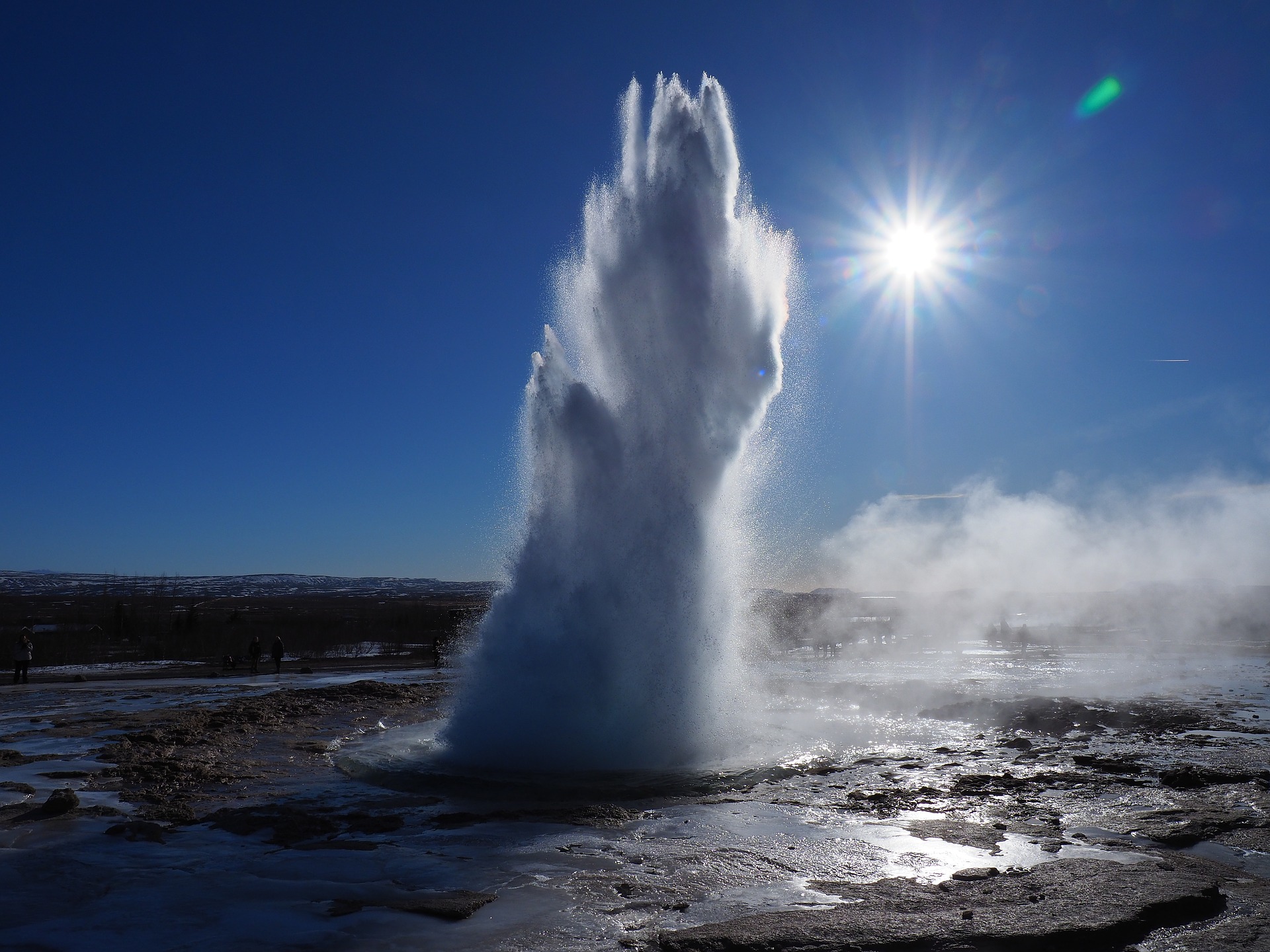
In the discussions of renewable energy, much of the conversation usually revolves around wind and solar. Often overlooked is the energy beneath our feet, geothermal, so much so that it is sometimes called the “forgotten renewable”. Geothermal, however, is a vast, largely untapped resource capable of supplying our power needs; in fact, it is estimated that 0.1% of the earth’s heat could provide humanity’s energy needs for two million years. Besides being a clean and virtually endless source of energy, one of the biggest benefits of geothermal is its ability to be a source of baseload energy, operating 24/7.
Surprisingly, given the abundance of this resource, geothermal has remained one of the smallest components of the energy mix. Exhibit 1 shows that in 2021, geothermal supplied only 2% of the U.S. renewable energy mix, despite the U.S. being the biggest producer of geothermal energy in the world (Exhibit 2). Over the last decade, there has been little growth in U.S. geothermal capacity. In fact, California, the state with the most geothermal capacity, has not had a new plant built in over 10 years.


Of the geothermal energy produced in the U.S., there are 18 companies currently operating commercial geothermal facilities. Exhibit 3 shows that four of these companies account for over 80% of the geothermal electricity produced. These companies are Calpine, Ormat, CalEnergy, and Coso Operating. Information about these companies can be found in Exhibit 4.


Geothermal Systems
There are four basic types of geothermal systems to generate power:
1. Conventional hydrothermal resources
Only conventional hydrothermal is commercially available. These projects have been in operation and exist only where all three components to produce geothermal energy are available: heat, fluid, and porosity. There are only a few areas in the world where these exist, and where exploited, they have largely been fully developed with today’s conventional technology.
2. Enhanced geothermal systems (EGS)
The next generation of geothermal is EGS. These systems exist where there is hot rock, but there may or may not be fluid or porosity in the rock. Geothermal developers can drill into deep, hot, and non-porous rock and frac the rock, creating their own reservoirs. Injected water can be pushed into the reservoir, collect heat, and then be produced at a nearby production well.
The playbook for EGS has always been to start off in existing, well characterized hydrothermal reservoirs to hone the technology and then gradually step out from there. As the target rock gets deeper, hotter, and less porous, the more engineering challenges arise. Additionally, there are PR challenges associated with fracing, which has been banned in some states and countries. The size of the prize, however, is significant, with DOE’s 2019 GeoVision study estimating a total US geothermal resource of 5,100+ GW, over four times the country’s total installed electric capacity.
3. Supercritical geothermal
At extremely high temperatures and pressures (373°C and 220 bars) water becomes “supercritical”, and it is at this phase that the potential for geothermal energy takes a leap. The enthalpy of supercritical water is much higher than that of water or steam, holding 4 to 10 times more energy. The water is also so hot that it almost doubles its efficiency of conversion to electricity. This means that a super-hot-rock geothermal project at 400°C would produce nearly 10 times the electricity compared to an EGS project at 200°C, requiring fewer wells and less surface area.
The challenges to realizing this technology are significant. The oil and gas industry did not develop technologies for high heat. New drilling techniques, casings, and cements will need to be developed.
4. Advanced geothermal systems (AGS)
AGS refers to a closed loop geothermal system where fluids circulate through a system of connected boreholes underground and extract heat by conduction. There is no fracing or injection involved. Eavor is one company developing this technology. With their system, called an “Eavor-Loop” (Exhibit 5), two vertical wells located over a mile apart are connected by a series of horizontal arms. With cool water on one side and hot water on the other, the system naturally circulates with no need for a pump.

Summary
Interest in geothermal is increasing once again, largely due to the interest in net zero policies and clean sources of energy. ADI Analytics is experienced with geothermal research, with extensive reports on the advancement of EGS available. These reports include evaluating lifecycle economics, the impact of innovation in reducing costs, and a detailed review and analysis of geothermal patent landscape. The findings of this work outline the levelized cost of electricity (LCOE) for EGS, cover the economics of EGS under varying scenarios that could increase and decrease costs, evaluate the technological, economic, and regulatory challenges associated with EGS, and review the state of technology for geothermal. Contact us for further information.
– Dustin Stolz



















